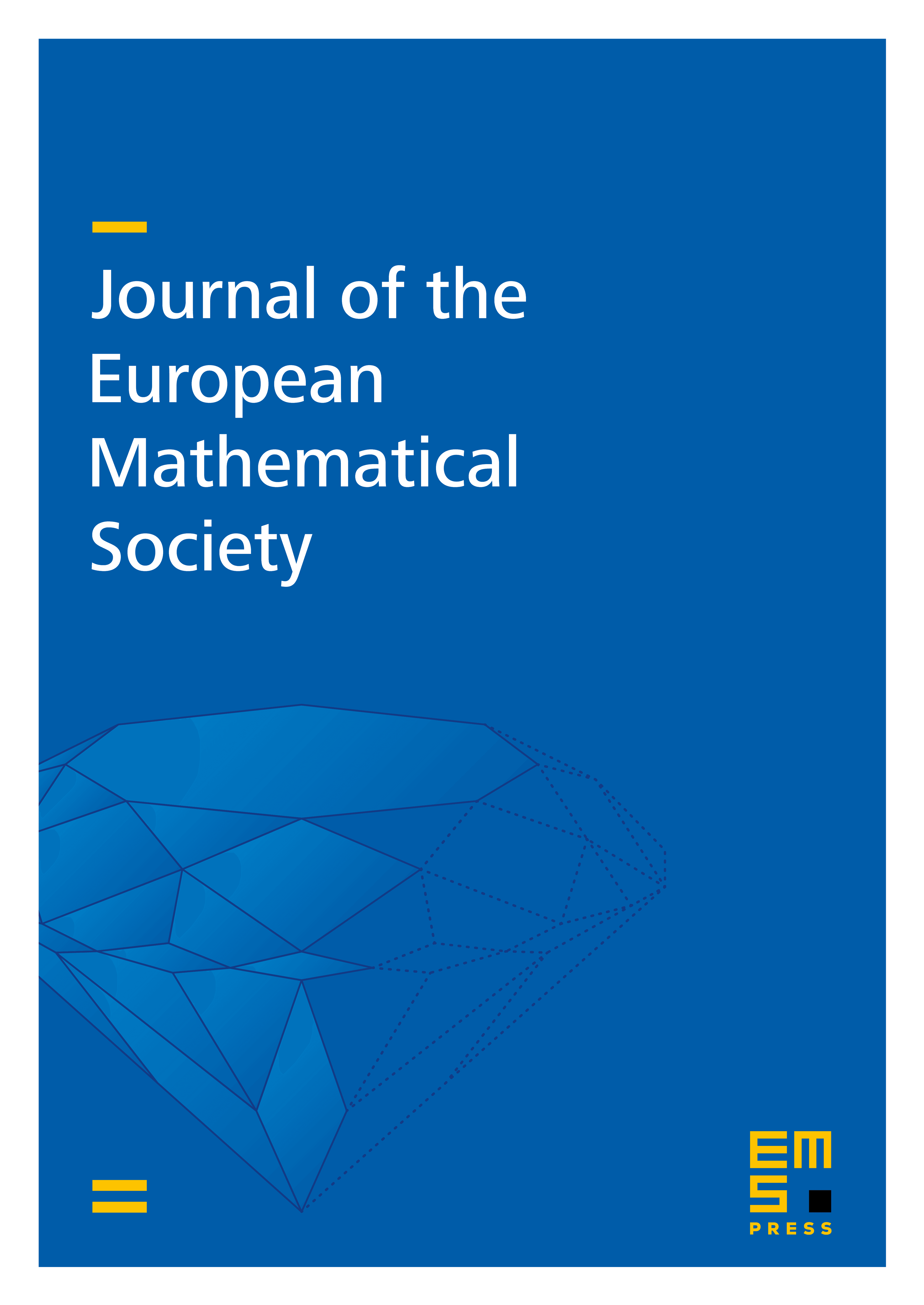Two-well linearization for solid-solid phase transitions
Elisa Davoli
Technische Universität Wien, AustriaManuel Friedrich
Friedrich-Alexander Universität Erlangen-Nürnberg, Germany

Abstract
In this paper we consider nonlinearly elastic, frame-indifferent, and singularly perturbed two-well models for materials undergoing solid-solid phase transitions in any space dimensions, and we perform a simultaneous passage to sharp-interface and small-strain limits. Sequences of deformations with equibounded energies are decomposed via suitable Caccioppoli partitions into the sum of piecewise constant rigid movements and suitably rescaled displacements. These converge to limiting partitions, deformations, and displacements, respectively. Whereas limiting deformations are simple laminates whose gradients only attain two values, the limiting displacements belong to the class of special functions with bounded variation (SBV). The latter feature elastic contributions measuring the distance to simple laminates, as well as jumps associated to two consecutive phase transitions having vanishing distance, and thus undetected by the limiting deformations. By - convergence we identify an effective limiting model given by the sum of a quadratic linearized elastic energy in terms of displacements along with two surface terms. The first one is proportional to the total length of interfaces created by jumps in the gradient of the limiting deformation. The second one is proportional to twice the total length of interfaces created by jumps in the limiting displacement, as well as by the boundaries of limiting partitions. A main tool of our analysis is a novel two-well rigidity estimate which has been derived in [Calc. Var. Partial Differential Equations 59, art. 44 (2020)] for a model with anisotropic second-order perturbation.
Cite this article
Elisa Davoli, Manuel Friedrich, Two-well linearization for solid-solid phase transitions. J. Eur. Math. Soc. 27 (2025), no. 2, pp. 615–707
DOI 10.4171/JEMS/1385